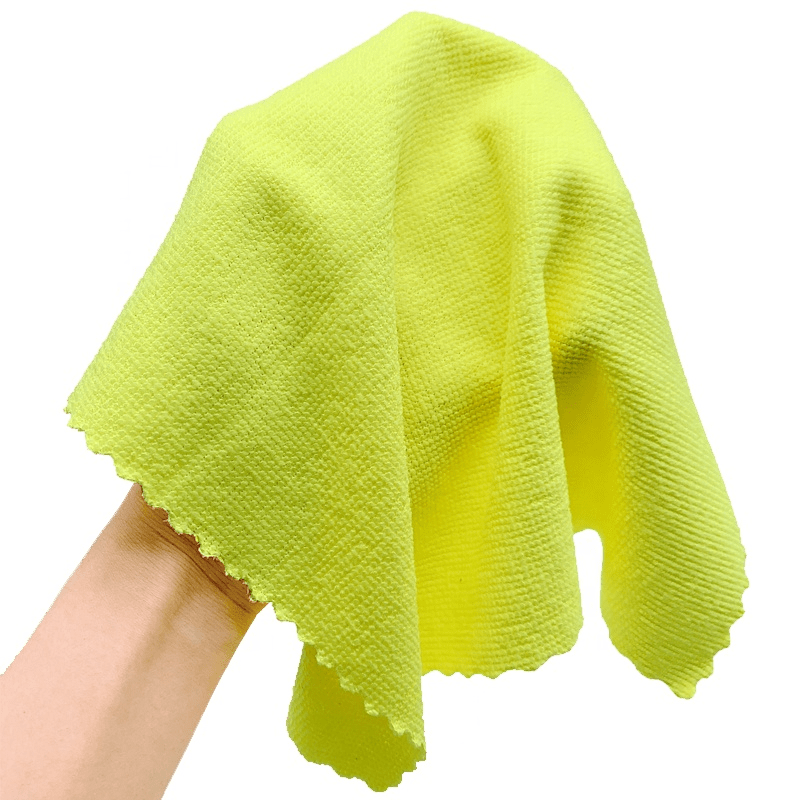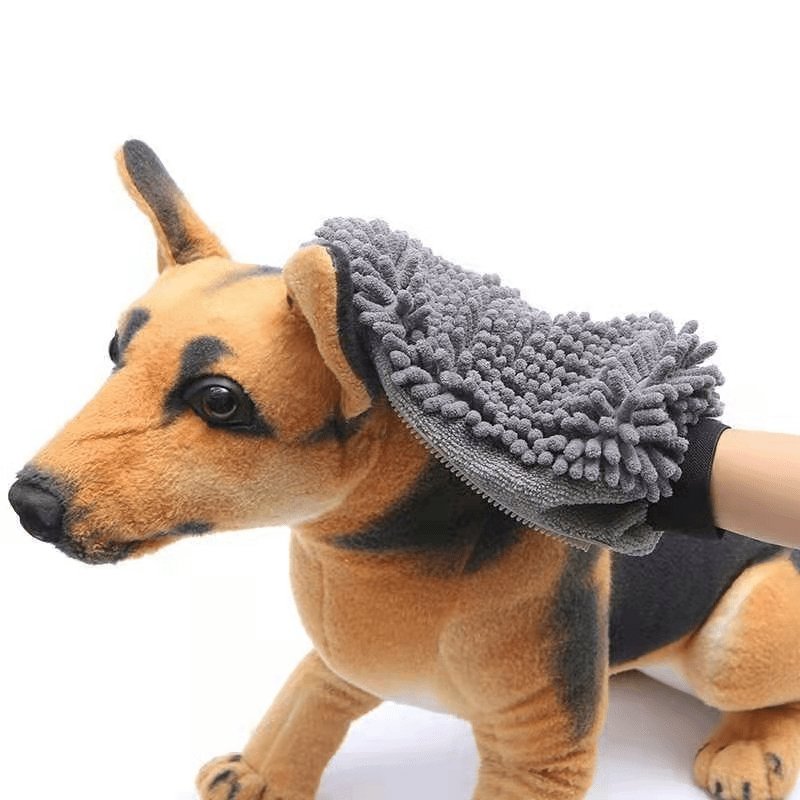Some useful tips of microfiber cloth
What Is A Microfiber Cloth
If you use microfiber cloths for cleaning, you’ve surely noticed that they’re a vast improvement over old rags or even paper towels. But what exactly is a microfiber cloth? And have you ever wondered how they work or what they’re made of? Get ready to find out.
What Are Microfiber Cloths Made Of?
As the name suggests, microfiber cloths are made from very small fibers. If you’re trying to get a sense of scale, microfibers are smaller than a strand of silk. They make the fibers in cotton cleaning cloths seem downright bulky and cloddish.
Now, take a glance at the label of the microfiber cloths you use for cleaning. Oftentimes they’re made of a blend of polyester and polyamide or nylon. In short, this means the cloths are made of plastic. The polyester and polyamide are combined in such a way that the fibers are split. In addition to creating more fiber surfaces with which to clean, this makes the cloths very porous. When you use microfiber cloths for cleaning, you benefit from both of these factors.

How Do Microfiber Cloths Work?
Because of the makeup of the microfibers, using microfiber cloths for cleaning can make housekeeping both easier and more effective.
Cloths not made from microfiber tend to push dirt and gunk around on surfaces, so cleaning can be a real bear. The beauty of microfiber cloths is that the split fibers they’re made up create more surfaces that can hook onto dirt, dust and even bacteria. Many viruses are a bit too small to be scooped up by microfibers, but still — a cloth with fibers so small it can snag bacteria is pretty impressive, right? Because of this, you can use microfiber cloths for cleaning many surfaces with nothing more than water.
Have you ever wiped down your kitchen counter with a cotton cloth and then had to go back over it with a paper towel to get rid of the moisture and left-behind debris? Well, microfiber can be used dry, so you eliminate the need for that second round of swiping. As if that wasn’t exciting enough, polyester and fats play well together, which means microfiber is great for lifting grease and oil off surfaces without the aid of strong chemical cleaning agents.

In addition, the porous nature of microfiber cloths means that they’re very absorbent and dry quickly. (if you’ve ever stepped on a microfiber bathmat after showering, you have firsthand experience to how fast-drying this material is.) Therefore, even if you do dampen the cloths for cleaning stubborn smudges, they’ll barely leave a trace of liquid behind.
Properly Using Microfiber Cloths for Cleaning
Obviously, microfiber is a dream cloth. However, it won’t work if it’s not used or maintained properly. Keep in mind that if you oversaturate a microfiber cloth, it’s not going to work very well. Unless your goal is to push dirty water around on a surface, you’ll only want to lightly dampen microfiber cloths as you clean.

